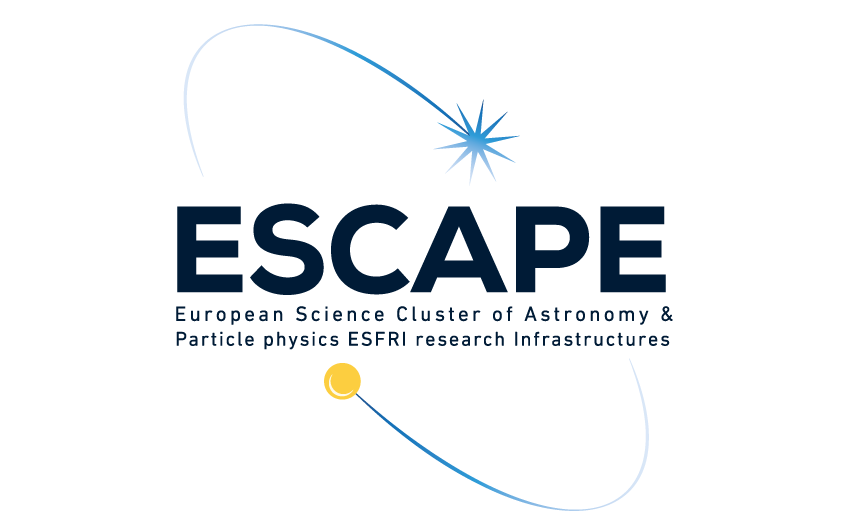

A lot has happened on the Radio Galaxy Zoo since we last posted an update.

First of all, you can see on the image above that we are making great progress with getting all of the big, bright sources from the LOFAR survey looked at by Zooniverse volunteers. We are approaching half a million classifications and just under 80,000 radio sources have been looked at by at least five volunteers at the time of writing. Together with the earlier efforts by members of the LOFAR team, we have covered a very wide area of the sky, around 3,000 square degrees, which is well over half of the area of the LOFAR data, and are well on the way to completing the original aims of the project. The green, orange and pink areas together show the areas of the sky we have completed.
What’s next? One of the key goals of the LOFAR Radio Galaxy Zoo has always been to provide targets for the WEAVE-LOFAR spectroscopic survey. WEAVE is a new spectroscope being commissioned on the William Herschel Telescope, which can measure 1,000 redshifts of galaxies in a single observation. WEAVE-LOFAR aims to find the redshifts of every bright LOFAR source in the survey. But the survey can’t work without knowing where the optical host galaxies are — so the input of Zooniverse volunteers in selecting these host galaxies is absolutely crucial to our success.
A complication is that WEAVE wants to look at all LOFAR sources, not just the large ones that we generally select for the Zooniverse project. As regular users will know, there are many small sources in the radio sky as well, and the optical counterparts of those can be found automatically just by matching with optical catalogues. In between there are some intermediate-sized sources, and these present the biggest problem; some of them benefit from viewing by volunteers, but there are too many of them for us to look at them all. Earlier in the year we selected 10,000 of these in a particular region of the sky that we thought would benefit from human inspection using a combination of algorithms and machine learning, and injected them into the Zooniverse project to see what volunteers made of them. The results are encouraging and have allowed us to develop a process of ‘early retirement’ for sources that turn out not to be interesting (i.e. no clicks are made during classification). Our next priority is to select this type of source, informed by the first set of results, over a larger area of the sky in order to get the full set of inputs for the first year of WEAVE. You’ll see these sources entering the Zooniverse project over the coming weeks.
(Blogpost also published Galazy Zoo Blog)
Get to know the other ESCAPE Citizen Science Projects. Check the page now
Views
22,130

